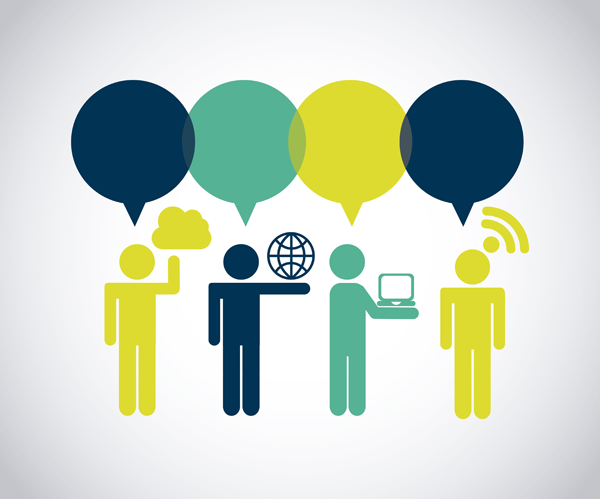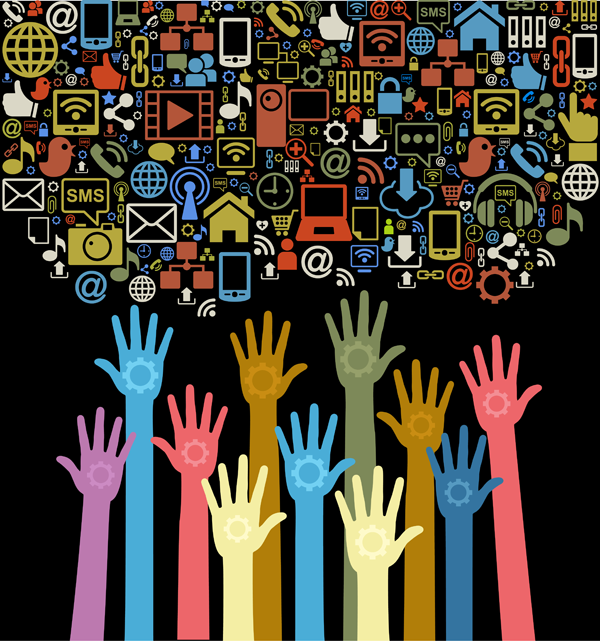
Growth of the Internet of Things and Cloud
There’s no doubt that Cloud services have gone mainstream like craft beer, but its impact on technology development is still striking. Nowadays, it is mostly discussed in relation to the emerging tech trend called the Internet of Things (IoT).
For those familiar with the ways in which the cloud transformed the tech industry, the emergence of IoT is only a logical evolutionary phase of our digital society. Namely, the term refers to a network of different smart devices and home appliances that are all connected to the Internet and that essentially rely on the power of the cloud.
Such a huge network of objects requires immense computing resources to support it. These resources are mainly provided by the cloud and this is why it is seen as one of the factors that influenced the growth of the IoT. In fact, it can be said that cloud computing is one thing that made it possible for IoT to emerge, especially considering the challenges this technology needs to face in its earliest stages of development.
Big data challenge
Big data is getting bigger and bigger as people actively use the web to generate and transfer data via an increasing number of platforms. In the IoT world, such a mass generation of digital data translates into ever increasing number of forms digital data can have. Thus, its processing and delivery becomes a challenge that only the cloud is able to face.

Even before the rise of the IoT, the cloud served as a solution for handling large databases and huge amounts of unstructured data. Now with even a greater variety of data forms and formats, the cloud must further expand in order to enable seamless delivery of all sorts of information across so many different platforms.
Cross-platform support
Another important requirement for the IoT is to securely connect all the devices people use to access the Internet and perform everyday activities. For it’s no longer only PCs that count; there’s an increasing number of platforms that require constant internet connection and accurate data delivery across the globe. The need to ensure compatibility with all these platforms and enable their constant interaction is another aspect of IoT that relies on the power of the cloud.
Market competition
Currently, there is a relatively small number of companies that aim to compete in the smart home appliances market, especially after Google acquired a home automation company Nest Labs. However, as with any other emerging market, it is expected that the number of startups building their own apps and devices is to increase in the next couple of years.
In fact, an IDC study from October last year predicted a turbulent growth of the IoT market that has already reached $1.9 trillion in 2013. One of the companies that is gaining ground in the market is Carriots that relies on the cloud to improve their offering, but we may only expect other cloud-based startups to enter the game.
The aspects discussed above are some of the most important pieces of the big IoT puzzle that seems to be complete only in the cloud. Although it seems that the cloud has already played its part in the development of IoT, both trends are to further expand and reach new heights.
